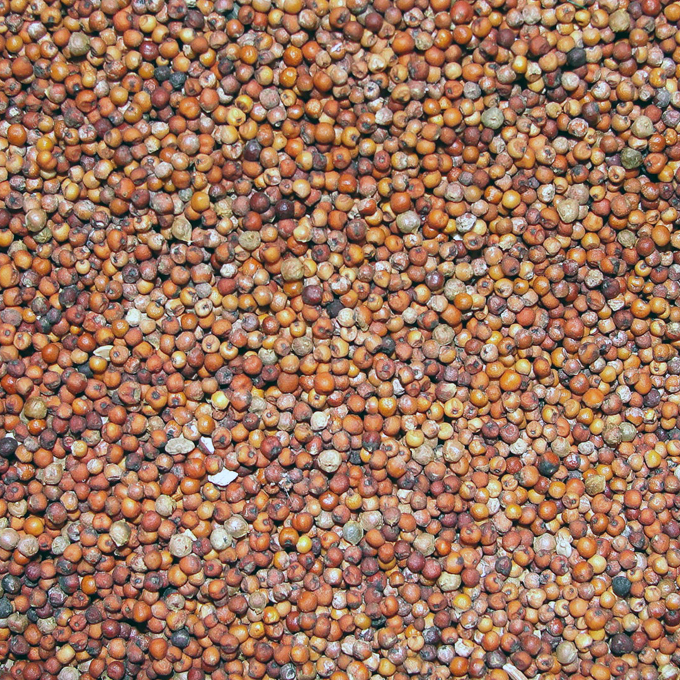5 Steps to Feeding 9 Billion
9,000,000,000. Nine billion. If you’re paying attention to news about food and the environment, you’re probably hearing that number, which represents the likely size of the global population by the middle of the century, up two billion from where we are now. The biggest concern about this growth is how the planet will hold up, and within that concern no single factor is more crucial than how we approach feeding the world.
Feeding the World According to National Geographic

Recently National Geographic published a “five-step plan to feed nine billion,” by environmental studies professor Jonathan Foley. The piece advocates for measures drawn from both organic and conventional agriculture with practical, science-based solutions, several of which have broad agreement among scientists and observers. In terms of an approach for feeding the world, it has accordingly been praised by environmentalists and Monsanto executives alike.
Feeding the World Summarized
Nathanael Johnson, who reported on that praise, summarizes the five steps succinctly: “Freeze agriculture’s footprint, grow more food on existing farms, increase efficiency, shift diets away from meat, and reduce waste.”
Given the consensus emerging around these ideas, it’s likely that food companies of all kinds need to consider how these ideas will shape their business. This will involve changes on the level of business models and strategy, but also marketing. Steps 1-3 mainly have to do with agricultural practices, but the final two steps will involve changing consumer behavior, and that’s something that marketers know all about.
Step 5, reducing waste, includes better practices on the part of supermarkets and restaurants, but it also includes persuading customers to accept smaller portions and less packaging. Some of these steps are already in motion, as they track with trends involving health and green living, but there’s no doubt still more to do.
Perhaps more challenging is step 4, persuading more consumers to eat less meat. He points out that while almost half of the world’s agricultural production goes to feed animals or produce biofuel, “only a fraction of the calories in feed given to livestock make their way into the meat and milk that we consume.”
So if people can be persuaded to eat less meat—or even to shift to grass-fed or regeneratively ranched meat, since grass is much less resource-intensive than grain—we will reap significant environmental benefits. Marketers can help with that task by assisting food companies with making their vegetable products more appealing and by increasing the profile of grass-fed meat, which is already a growing sector.
Finally, covering our lands with ground crops and grass has shown to sequester carbon emissions in the ground where the carbon becomes beneficial instead of harmful to the environment.
How Marketing Assists in Feeding the World
Furthermore, some of those vegetables might be previously unfamiliar to consumers. As Dan Barber has pointed out, much of the produce familiar to us in North America—tomatoes, cucumbers, asparagus—are resource-intensive to grow, whereas crops that replenish the soil, like cowpeas or mustard greens, are niche foods at best. Better marketing will be a key aspect of increasing demand for these environmentally healthy vegetables, leading to their more widespread growth. This may be the most challenging task in feeding the world, as unfamiliar food trends can take years to form.
MarketPlace is a strategic branding firm that cultivates meaningful brands for nutrition and food companies. Our broad experience across the food industry makes us great partners if you’re considering how you can relay your supply chain story to your customers to increase sales and brand awareness. If that’s the case, we’d love to talk.
